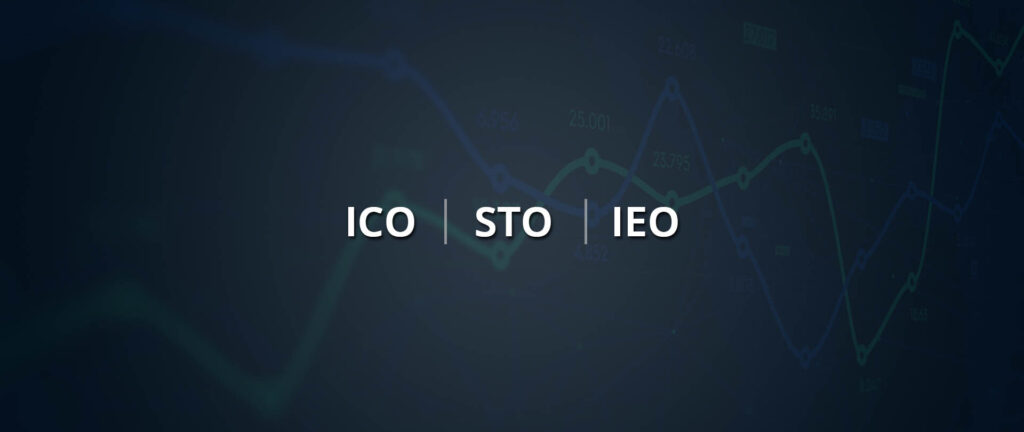The DeFi market is yet to reach its full potential, with several opportunities left untouched. By reaching the $100 billion mark in 2021, it has proved worthy of being the future of trade, transaction, storage, and creation. The identity of DeFi, the blockchain, has presented us with a myriad of use cases. New advancements are made every day to explore the power of DeFi combined with powerful technology such as the blockchain. One such initiative intending to bring together investors and innovators with a high-end blockchain protocol is Logarithmic Finance. Read ahead to know about this novel project and what it brings to the DeFi world.
- What is logarithmic finance (LOG)?
- What is a swapping protocol?
- Layer-2 Vs. Layer-3 swapping protocol
- Why is there a need for a layer-3 swapping protocol?
- Benefits of logarithmic finance
- Use cases of logarithmic finance
What is logarithmic finance (LOG)?
Logarithmic finance, a layer-3 protocol, has the native token ‘LOG,’ whose prime motive is to bridge the gap between innovators and investors. The cryptocurrency project with an app aims to become the next-generation advanced swapping protocol for DeFi in the web 3.0 category. Early investors, blockchain, and fintech innovators can experience flawless connectivity and interaction through this protocol.
All transactions in the Logarithmic platform are guaranteed through homomorphic encryption. This means that only important data can be optimized with the network’s minimal code structure, which is deemed environmentally sustainable while also having the advantage of a lower gas fee.
What is a swapping protocol?
Swapping protocols facilitate exchanges between crypto-to-crypto without the need for intermediaries. Traditionally, users had to convert native tokens into fiat currencies to buy the crypto of their choice. Converting to fiat currencies demands a high fee and is time-consuming.
Related article: Exchange Vs Swap Vs DEX: How does it differ?
Because of these concerns, wallets, exchanges, and other blockchain trading platforms started to pursue the swapping protocol. With the swapping protocol, any native token of a particular blockchain can be exchanged for a non-native token from their official crypto wallet. Users add the total amount set for the exchange and the target trading pair. This information will suffice to enable swaps to exchange tokens from different blockchains.
Layer-2 Vs. Layer-3 swapping protocol
Layer-2
Layer-2 protocol was developed from layer-1 to improve ledger scalability. Layer-2 solutions can be compared to protocols such as Ethernet and WiFi. This layer produces bilateral links that allow parties directly connected to interact with each other over the underlying blockchain. Layer-2 protocols use programmatic escrow for the same, which serves as the core mechanism for Layer-2 solutions.
Programmatic escrow swaps by first putting digital assets into a holding account or a smart contract on the main ledger. Two or more users can carry out numerous transactions by changing the allocation of the escrowed assets. Users who want to close an off-ledger relationship submit the final state to the main blockchain, which distributes the escrowed assets to where they belong after checking the validity.
The features offered by the underlying blockchain directly determine the functionalities of the Layer-2 protocol. And blockchains vary in the type of programmatic escrow they support. This is why Layer-2 solutions are dependent on certain blockchains because they utilize the capabilities of the underlying Layer-1 system. For example, Lightning is defined by Bitcoin scripts, Raiden uses Ethereum contracts, and Plasma uses specified smart contracts.
Layer-3
The purpose of the Layer-3 protocol is to primarily address the differences between different Layer-1 and Layer-2 solutions to promote interoperability. Layer-3 compares the role of Internet Protocol (IP) in the internet stack. Layer-3 solutions empower separate blockchains with cross-chain functionalities to achieve interoperability. Layer-1 and 2 are interrelated; thus, it was reasonable to create interoperability protocols on a different layer. Layer-3 simplifies all the layers by acting as the messenger between Layer-1 and 2, addressing their operational differences.

For example, Ripple’s Interledger Protocol (ILP) is one of the most popular Layer-3 solutions available on the market. Ripple’s layer structures contain, Layer-1: blockchain ledgers, Layer-2: LANs (Local Area Networks), and Layer 3: Interledger protocol.
Why is there a need for a layer-3 swapping protocol?
Interoperability refers to observing, accessing, and sharing data between two networks. For example, through interoperability, ETH and BTC must be able to interact without a centralized entity despite having different underlying blockchains. It is impossible to conveniently shift BTC to Ethereum and use it for DeFi apps. Although several initiatives have targeted this problem and built bridges between blockchains, they require intermediaries or some centralization.
Meanwhile, Layer-2 solutions are built to address scalability, and while in the process, they also make interoperability harder. For instance, Uniswap and Sushiswap are on the Ethereum blockchain but work on two independent Layer-2 solutions, Optimism, and Polygon, respectively. Transferring a token from one swap portal to another will require an intermediary. This inefficiency leads to increased prices and processing time.
The close-knit connection between Layer-1 and Layer-2 protocols is exactly why we need an independent layer for interoperability. True interoperability focuses on abstraction and fewer associations with the protocols. Being less dependent on the protocols used will promote heterogeneity in networks for interoperability since Layer-2 solutions have to be integrated with specific Layer-1 capabilities. This is why we need a separate layer for interoperability, Layer-3, that is as independent of blockchain-specific functions as possible.
Benefits of logarithmic finance
Complete homomorphic encryption: Homographic encryption eliminates the need for decrypting the data packets while the computing process takes place. Arbitrary computational processes of data are made possible while keeping the data encrypted and secure.
Cross-chain and multi-chain: LOG supports cross-chain and multi-chain integrations to expand the use case to a wider set of investors and innovators. The network has incorporated interoperability between heterogeneous blockchains and inter-chain communications. The integration will enable P2P transactions across different blockchains.
Reduced gas fee: Log finance has taken a minimalistic approach using a clean and modular code structure, and the protocol processes only important data; this way, the gas fee is reduced by almost 80%.
NFT swap: Innovators can accept payments for their NFTs with cryptocurrencies or stable coins in the LOG ecosystem. LOG token holders can avail the NFT auction functionality. Once the cross-chain integrated rollout is completed, more stablecoins and networks will be introduced to encourage more NFT swaps.
On-chain data: The feedback from on-chain data is collected promptly, and the UX/UI designers implement the changes to the interface and functionalities to better the user experience. Log finance has also implemented the Waterfall project management and the best DevOps practices.
Use cases of logarithmic finance
Logarithmic Finance For Project Innovators
Project innovators can create a liquidity pool, specify the auction conditions and register the pool on their desired blockchain using the Logarithmic Finance ecosystem. The blockchain networks that Logarithmic Fincnace currently supports include Ethereum (ETH), Avalanche (AVAX), Tezos (XTZ), and Solana (SOL).
For creating a pool, the project innovators have to first develop a pool for their project before it is listed on a decentralized exchange. This includes giving details about the project tokens, defining parameters for the auction, the swapping ratio, and discounting LOG token holders, among others. Lastly, there will be a fee for the development of the platform.
Logarithmic Finance For Project Investors
Investors drive liquidity for a project, and trading actions are the most important sequence. Investors must select a blockchain network of their choice and connect it to a wallet before selecting a pool. The next and final step is to participate in the selected pool by specifying the number of auction tokens they want to purchase.
Bottom line
The potential for Logarithmic finance as a decentralized layer-3 platform is limitless. On top of providing the most advanced service in today’s blockchain world, it is sustainable and cost-effective. The Log platform is still in the rollout stage to support many other blockchains; meanwhile, the presale has started.


